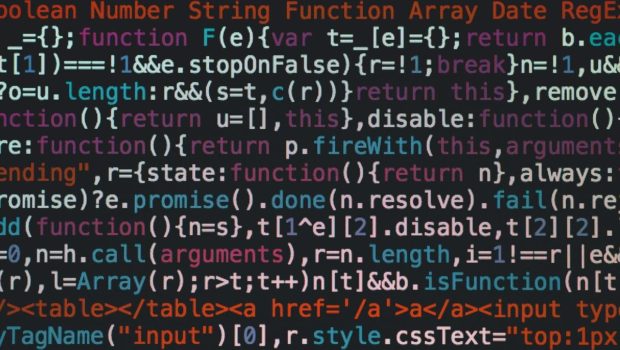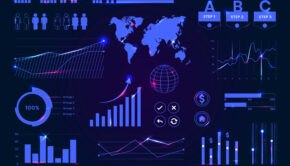The Link Between Data Mining and Predictive Analytics
Big data is an invaluable aspect of modern business. While most professionals might acknowledge this fact, a much smaller number will actually understand the data mining procedure and the predictive analytics it can empower.
The market for predictive analytics is expected to reach a value of $10.95 billion by 2020. Businesses looking to own a stake in this lucrative industry need to understand the link between data mining and analytical tools that can assist in data-driven decision making.

Image Source: Pexels
As predictive analytics becomes increasingly common among industries, businesses will need to fuse their data mining and predictive analytics strategies. Here’s what you should know.
The Power of Data Mining
Understanding the data mining process first requires a definition of data mining itself. The term doesn’t simply mean assembling a host of raw data. Instead, data mining refers to the analytical process of channeling data to understand patterns and outcomes. In this sense, data mining and predictive analytics cover a lot of similar ground but they aren’t the same thing.
Data mining takes a more broad approach to understanding data. Its goal is overall patterns and connections to inform the future, rather than focusing on a specific relationship. The process looks a little bit like this:
- Data is cleaned up, explored, and applied to a relevant analytical question.
- Different evaluative models are applied to datasets and performances compared.
- A chosen model is used to generate predictions and outcome estimates.
Data mining requires the use of artificial intelligence and evaluative expertise to smoothly offer the kinds of results that a business can act on. Data mining offers insights into business questions, performative metrics, marketing impact, and so much more. With all these insights driving the decision-making process, businesses can then experience benefits like:
- More accurate customer profiles.
- Improved fraud identification and credit analysis.
- Easy detection of mistakes and system abnormalities.
- Greater brand loyalty and higher revenues.
These benefits translate to real-world value, which is why 92% of businesses are now applying big data analytics to improve their own market insights. But data is only as good as it is understandable. Fortunately, data mining helps in this regard as well.
Data mining makes data visualization possible and simple, with AI tools capable of building graphs and charts for the easier conveyance of meaning. Using only simple software, an analyst might assemble a dataset and get back a series of clearly presented data points. Then, businesses can disseminate that information for more specific predictive analysis where needed, turning insights into predictions.
Insights into Predictions
Data mining structures raw data into connective patterns and informative visuals. However, gaining specific insights into the behavior of singular customers, profiles, assets, and inventory all require the application of predictive analytics.
Predictive analytics is the process of making predictions regarding outcomes in the future based on historical data, statistical modeling, and machine learning processes. Like data mining, predictive analytics wouldn’t be possible without innovations in AI. Now, these processes are driving trends like measuring customer lifetime values or generating future gross income.
In industries like fleet management, predictive analytics enables even great cost-saving practices. This comes primarily in the form of predictive maintenance, or the ability to make repairs on vehicles long before a costly breakdown occurs. The process relies entirely on data mined through sensory equipment on freight vehicles, which are tracked and examined continually. AI systems then monitor failure modes and predict when maintenance will be necessary.
Predictive analytics, applied in industries like these, has the potential to:
- Cut costs through reduced labor and downtime.
- Reduce risks through high-functioning equipment.
- Keep unexpected failures at a minimum.
- Extend the lifecycle of equipment and assets.
But these benefits are not for supply chains alone. As more tech moves to the Internet of Things (IoT), data-accumulating sensors will exist everywhere. This has immense potential to improve everything from connected vehicles to toaster ovens, giving product manufacturers neat insights into the way their devices are used. As a result, better and safer products and manufacturing practices will emerge.
Data mining and predictive analytics can promote better business decisions, but it will take a commitment on the part of the businesses.
A Data-Driven Future
The modern world is driven by data. Data mining and predictive analytics are both tools that harness the raw power of data to apply actionable improvements to all kinds of processes. The results can and should be more efficient and sustainable solutions to all kinds of problems.
For example, the Aqueduct project uses predictive analytics to create data-driven maps of water resources at risk. This open-source project allows vulnerable communities to plan and innovate, while philanthropists can better direct their donations to where they are most needed.
A future of widespread data mining and predictive analytics can create solutions like these for every problem imaginable. From climate change to combatting pandemics, the potential of big data and predictive analytics is limitless.
Data is a kind of power, and modern businesses will apply this power in their own processes for a range of greater results.
















